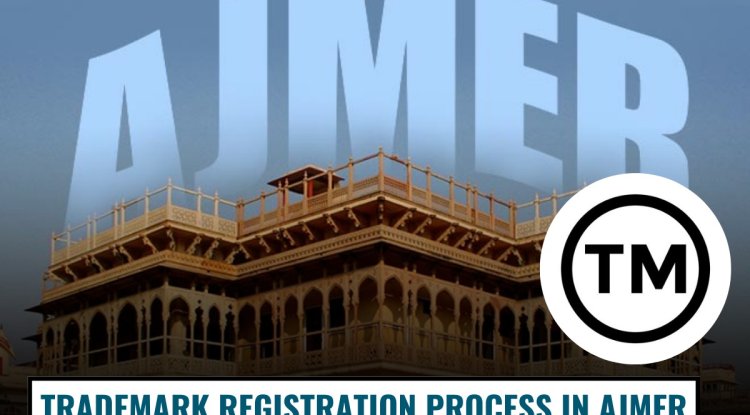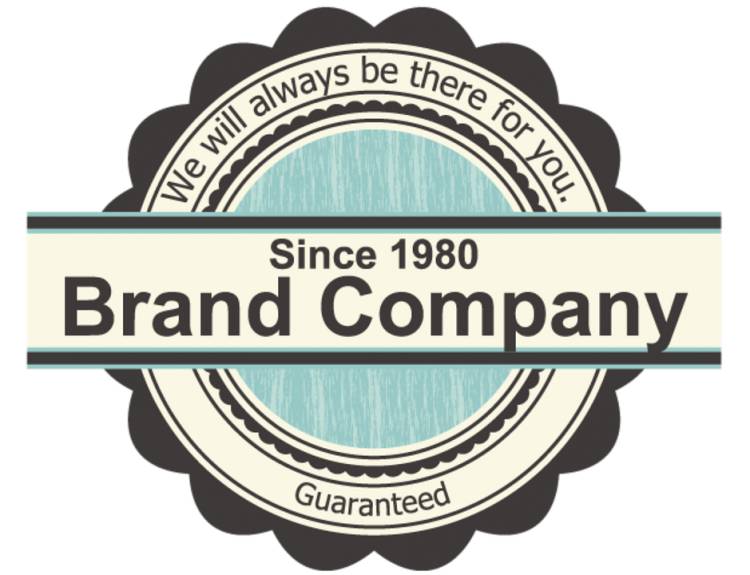The Role of Design Registrations in Branding and Market Differentiation: A Study of Indian Startups
In today’s competitive marketplace, startups in India strive to distinguish themselves not only through innovative products but also via unique design elements that enhance brand identity. Design registrations offer legal protection to these creative assets, helping companies safeguard their distinctiveness. This blog explores the pivotal role design registrations play in branding and market differentiation, particularly within the Indian startup ecosystem. It delves into the legal framework under Indian design law, the benefits of design protection, and how successful startups have leveraged design registrations to enhance market positioning and brand value.

Introduction
The Indian startup ecosystem has evolved exponentially over the last decade, with new ventures striving to build a unique identity in highly competitive markets. While innovative products and services are crucial to standing out, the aesthetic design of these offerings has also become a key differentiator. In this context, design registrations serve as a vital legal tool that helps startups protect the visual appeal of their products and establish a strong brand presence.
A design is not just about appearance—it's about communicating brand identity and creating a market space that differentiates a company from its competitors. Design registration, under the Designs Act, 2000 in India, provides protection to novel designs applied to any product, ensuring that competitors cannot replicate the design for commercial gain.
Understanding Design Registration Under Indian Law
Design registration in India is governed by the Designs Act, 2000 and its corresponding Design Rules, 2001. The Act defines a "design" as the features of shape, configuration, pattern, or ornament applied to an article by any industrial process, provided they are new or original.
Startups can register their designs to prevent others from using their unique designs without consent for up to ten years (extendable by five years). The protection is territorial, meaning it is only valid in India unless the startup seeks international protection through treaties like the Hague Agreement.
The essential criteria for design registration include:
- Novelty: The design must be new and original.
- Applicability to a product: The design should be applicable to an article by industrial process.
- Visibility: The design must be visible in the finished product.
Branding and Market Differentiation Through Design
For startups, creating a distinct brand image is crucial for gaining consumer attention and trust. Design registration allows them to establish their brand identity by securing the unique look and feel of their products. It ensures that the design becomes synonymous with the brand, offering a visual shortcut that consumers can quickly identify.
In sectors such as fashion, consumer electronics, and FMCG, design plays a crucial role in driving consumer choice. For example, the curved design of a smartphone or the shape of a water bottle can become iconic, driving brand recall. A registered design acts as an asset, offering legal protection against copying while building strong associations with the brand.
Case Study: Design Registration and Success in Indian Startups
A perfect example of the role of design in branding is the Indian startup boAt, which designs stylish audio equipment such as earphones, speakers, and headphones. BoAt has successfully used design registrations to protect the unique aesthetics of their products. The company focuses on sleek, trendy designs that appeal to the younger generation, making their products stand out in a crowded market. By securing design registrations, boAt ensures that its products cannot be imitated, thus maintaining exclusivity and brand value.
Another example is Borosil, which has a distinct product design for its glassware. By securing design protection, Borosil has been able to maintain its unique identity in the glassware market, ensuring that competitors cannot replicate its visually appealing products.
The Importance of Design in Customer Perception and Loyalty
Design is more than just aesthetics; it’s about user experience. A well-designed product not only appeals to customers visually but also enhances functionality and usability. For instance, in the wearable technology sector, startups often use design to make products more comfortable and convenient to use. By registering these designs, startups can protect this critical aspect of customer experience.
Design-driven branding creates emotional connections between the consumer and the product. A customer who feels drawn to a product because of its appearance is more likely to form a lasting association with the brand. Design registrations ensure that these key emotional elements are protected from being diluted by copycat products.
The Process of Obtaining Design Registration in India
Obtaining a design registration in India involves several steps:
- Filing the application with the Indian Patent Office, which includes drawings or photographs showing the design from various angles.
- The application must detail the class and sub-class the design falls under, according to the Locarno Classification.
- Once the application is filed, the design undergoes examination to ensure it meets the criteria of novelty and originality.
- If no objections are raised, the design is registered, and the startup receives a certificate of registration.
The process typically takes between 6 to 12 months, but startups can expedite the process to secure their rights quickly.
Advantages of Design Registration for Startups
Design registrations offer numerous advantages for startups:
- Legal Protection: Design registration provides exclusive rights to use the design, preventing others from copying or imitating it.
- Competitive Edge: A unique design helps startups stand out in a saturated market, giving them a competitive advantage.
- Brand Identity: Registered designs contribute to the overall brand identity, making the product more recognizable to consumers.
- Monetization Opportunities: Startups can license or sell their registered designs, creating additional revenue streams.
Challenges Faced by Startups in Design Registration
Despite the advantages, many startups face challenges in securing design protection. These include lack of awareness about the benefits of design registration and limited financial resources to invest in intellectual property (IP) protection. Moreover, the process of obtaining design registration can be time-consuming, which may deter startups from seeking protection early on.
However, startups that prioritize design protection early in their journey are better positioned to safeguard their brand and market positioning.
Illustrative Example: Indian Startup Zuper’s Design Innovation
Consider Zuper, an Indian startup that designs ergonomic furniture with a focus on aesthetics and functionality. By securing design registrations for their innovative furniture designs, Zuper has been able to carve out a niche in the furniture market. Their unique chair designs, protected under Indian law, ensure that no competitor can legally replicate their style, thus allowing them to build a strong and distinct brand presence.
Conclusion
Design registration is an invaluable tool for Indian startups looking to differentiate their products and establish a robust brand identity in the marketplace. It not only offers legal protection but also plays a significant role in shaping consumer perceptions and driving brand loyalty. As the Indian startup ecosystem continues to grow, design innovation coupled with design protection will become increasingly essential for businesses seeking long-term success. By leveraging the benefits of design registration, startups can secure a competitive edge, ensuring that their unique creations remain exclusive in an ever-competitive market.












